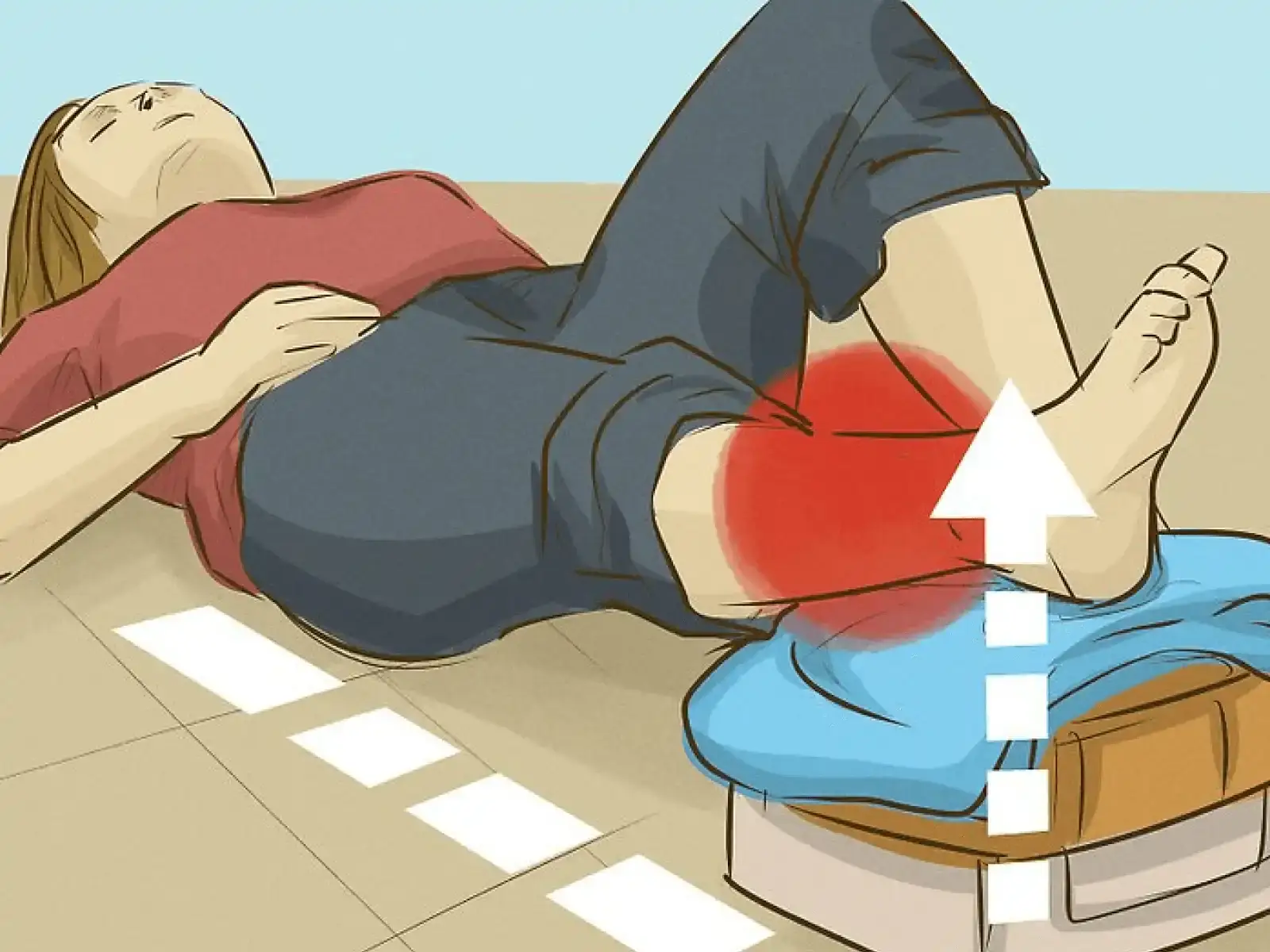Act on Scene
As a First Aid provider, you should be aware and responsible, and should not panic. You should also seek the help of others, when available. You should call for the ambulance by dialing 102 or inform the responsible authority. Assess the scene to decide whether you are safe to provide first aid. The first aider, the most important person in that scene, should not injure oneself while attempting to provide first aid. If casualty occurs in the midway, first have control over the traffic. When you come across an accident, make sure that the ignition is turned off, and the hand break is on. Remove and take the victim(s) to a safer area, especially from the vehicle with leaking fuels. Have a quick but thorough check of the victim from head-to-toe to assess the nature of injuries and then take appropriate first aid measures in order of priority. Send the casualty to the hospital or to his home with somebody responsible. Give them all the relevant information they may need.
Wound
A wound is a break in the skin following injuries. Different types of wounds may occur to an accident victim, and you should be able to recognise the type of wound before providing first aid. The types of wounds are as follows:
- Abrasion - Bruise, bleeding under the skin.
- Laceration - a jagged cut caused by a hard object.
- Incised - a sharp long cut by sharp metal or glass.
- Puncture - deep wound caused by a nail.
- Avulsion - deep wound including skin and muscle.
- Amputation - part of body e.g. Finger or hand totally detached.
The type of bleeding from a wound can help us to find the source:
- Arterial bleeding is usually spurting.
- Venous bleeding is steady flow.
- Capillary bleeding causes oozing of blood.
There also may be internal bleeding following an accident which rapidly progresses to shock, and you should be aware of such a situation. In order to prevent/manage bleeding follow the guidelines mentioned below.
- Raise and support the injured limb.

- Cover the wound with sterile gauze.

- Apply direct pressure to control bleeding.
